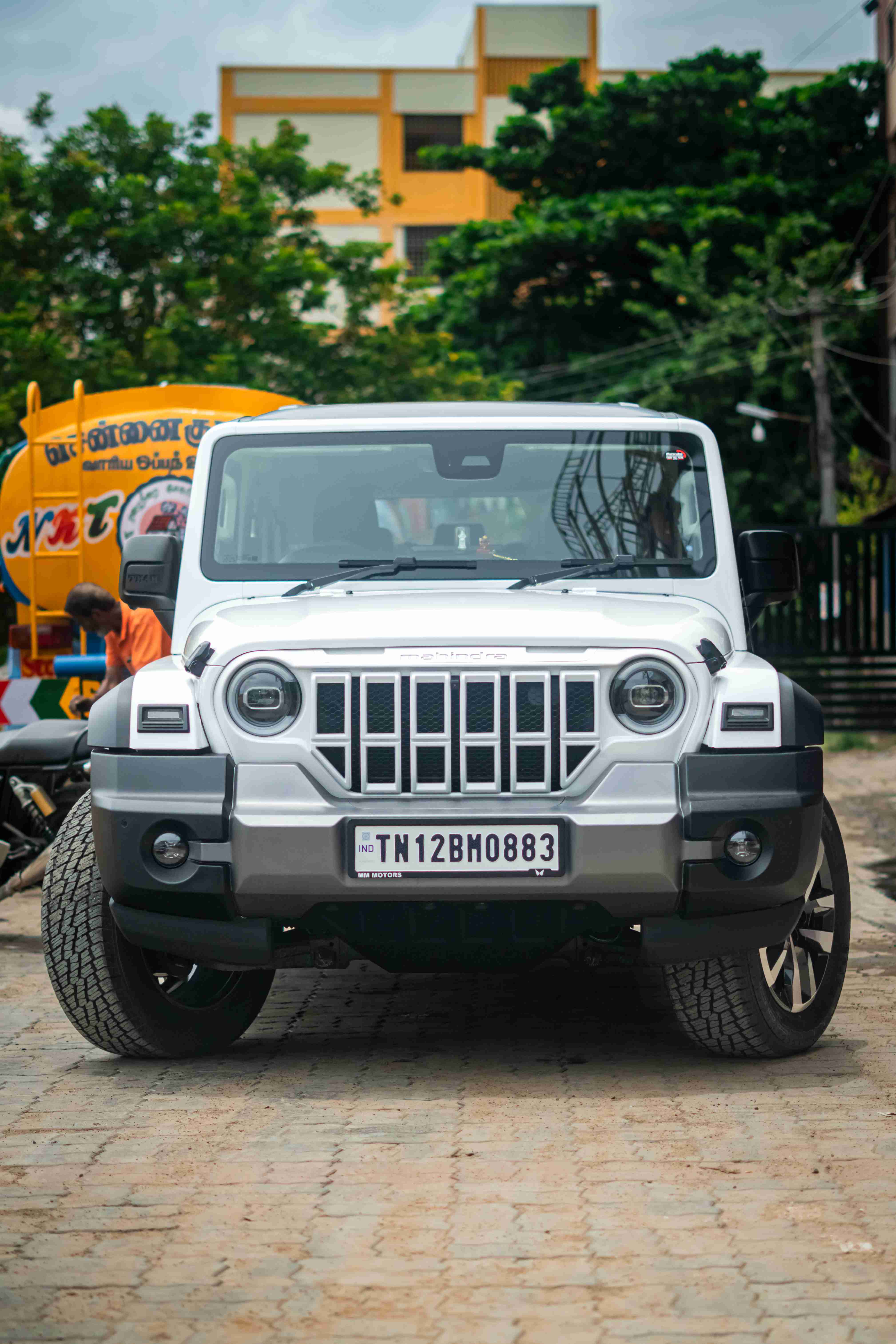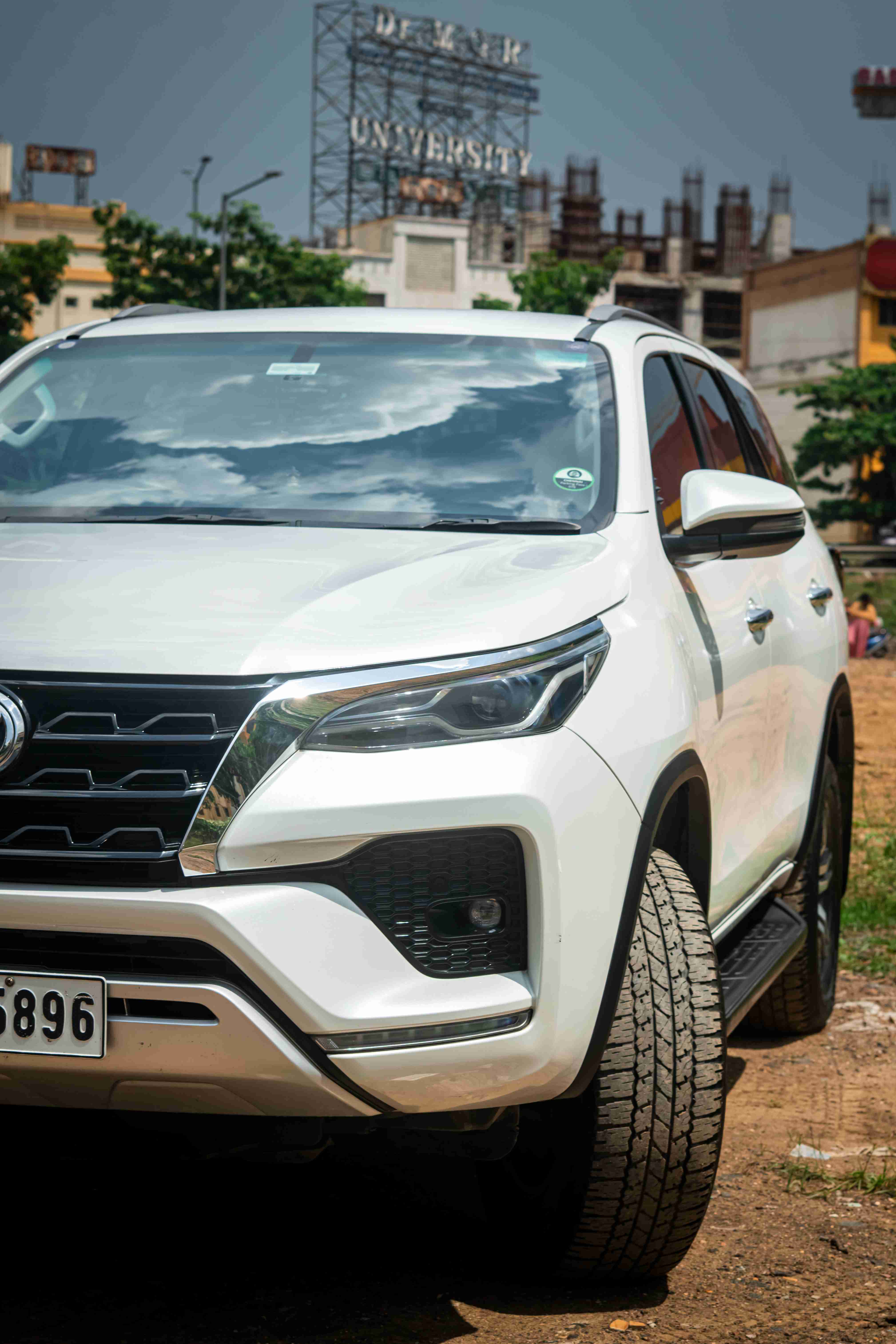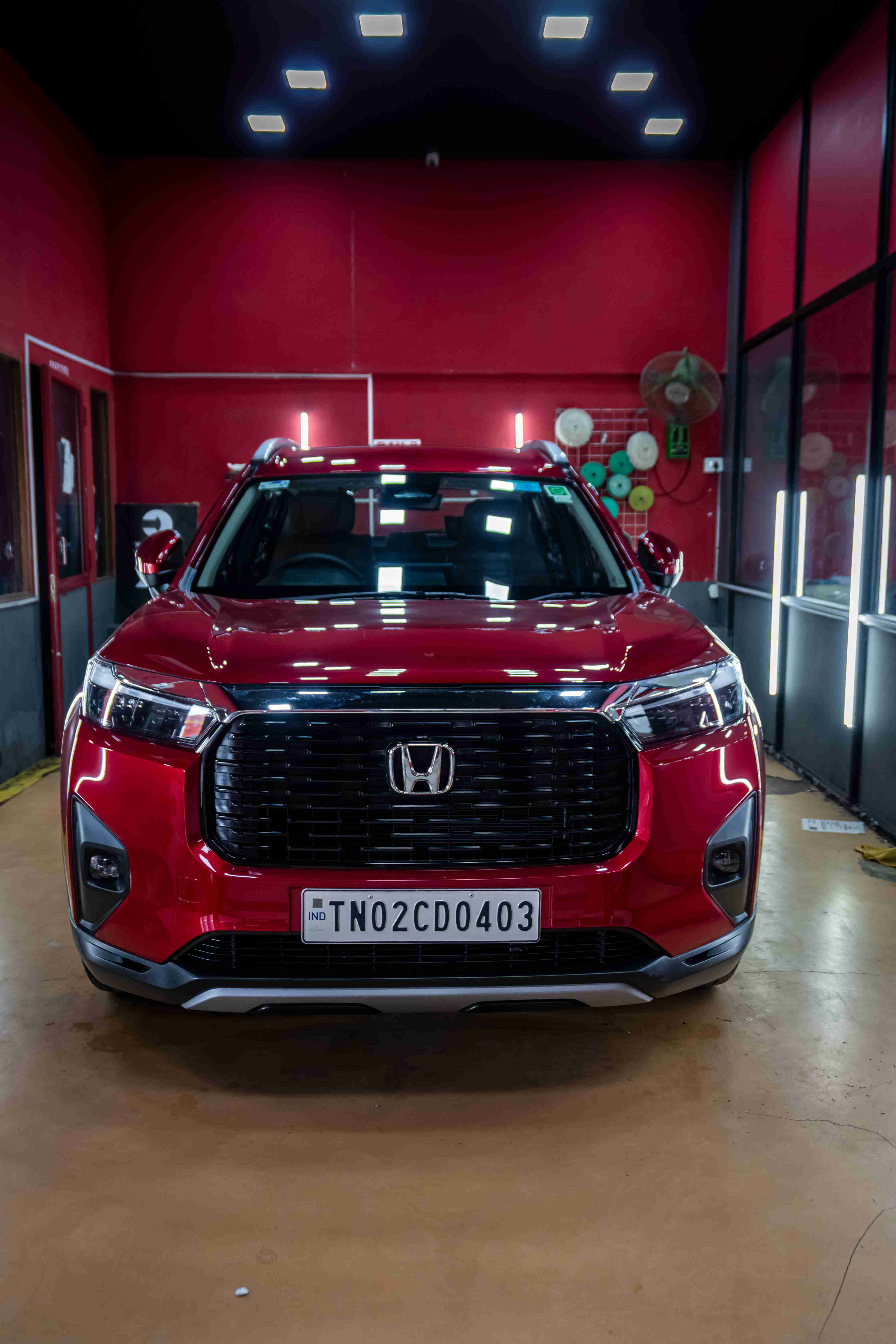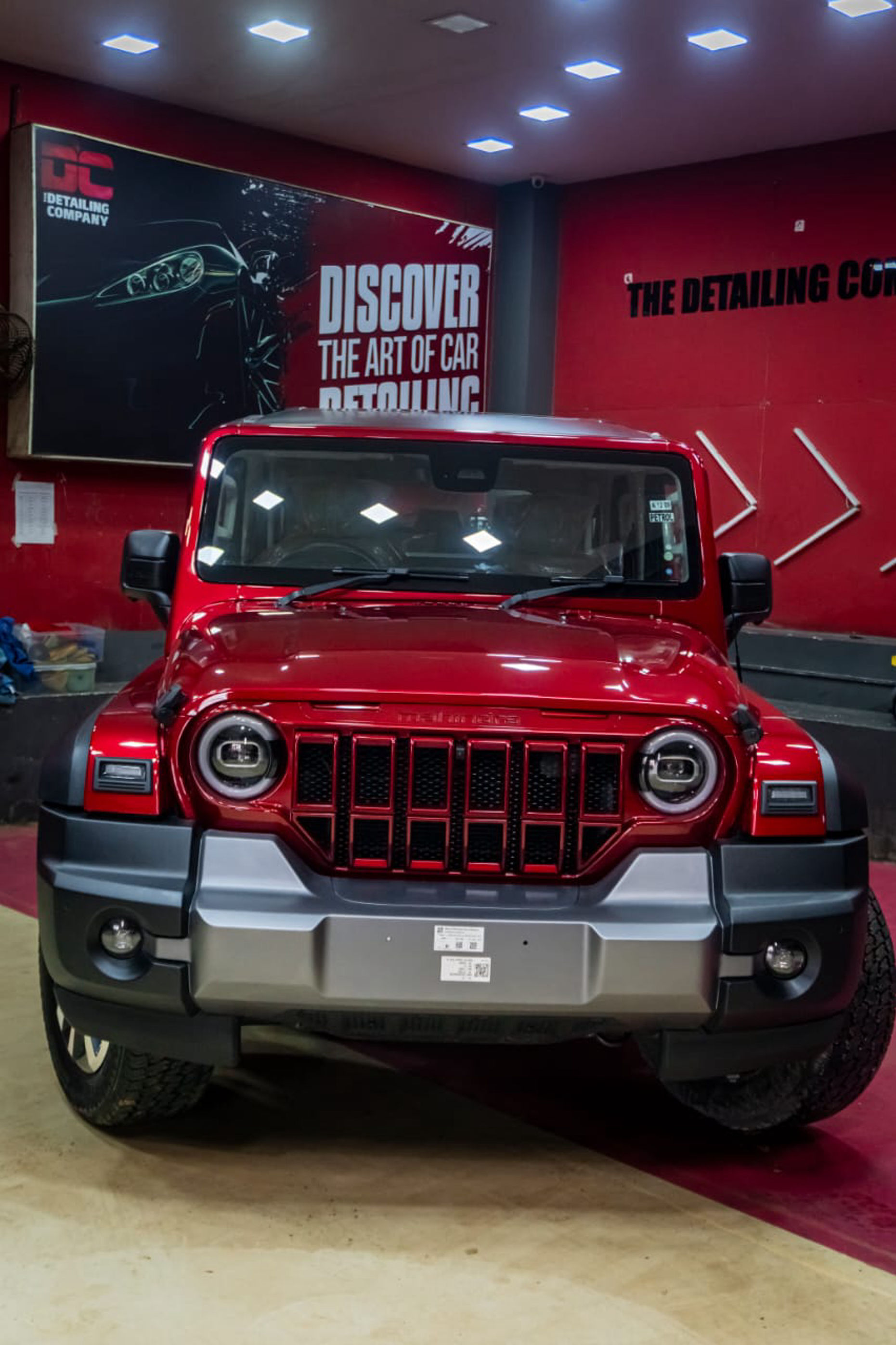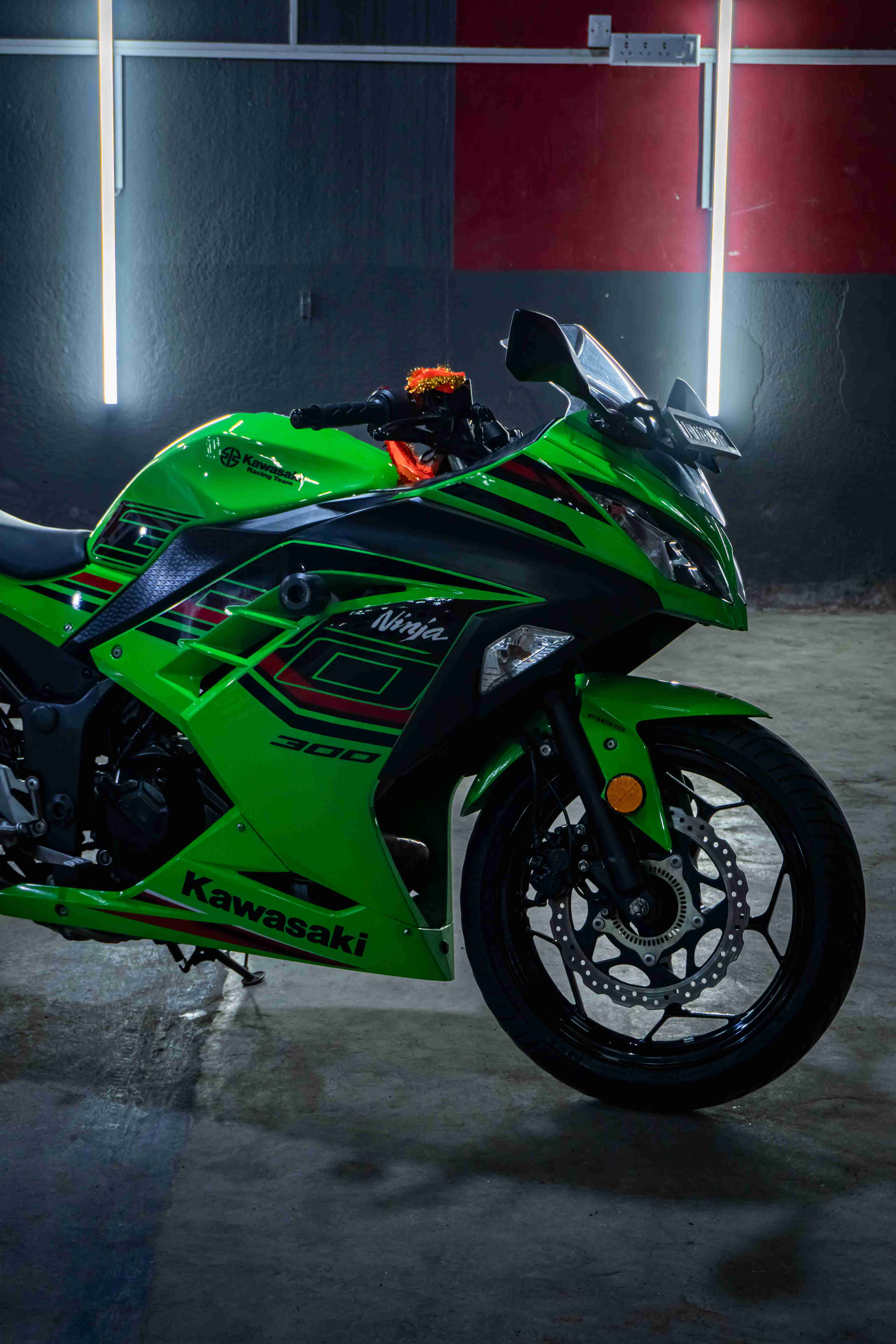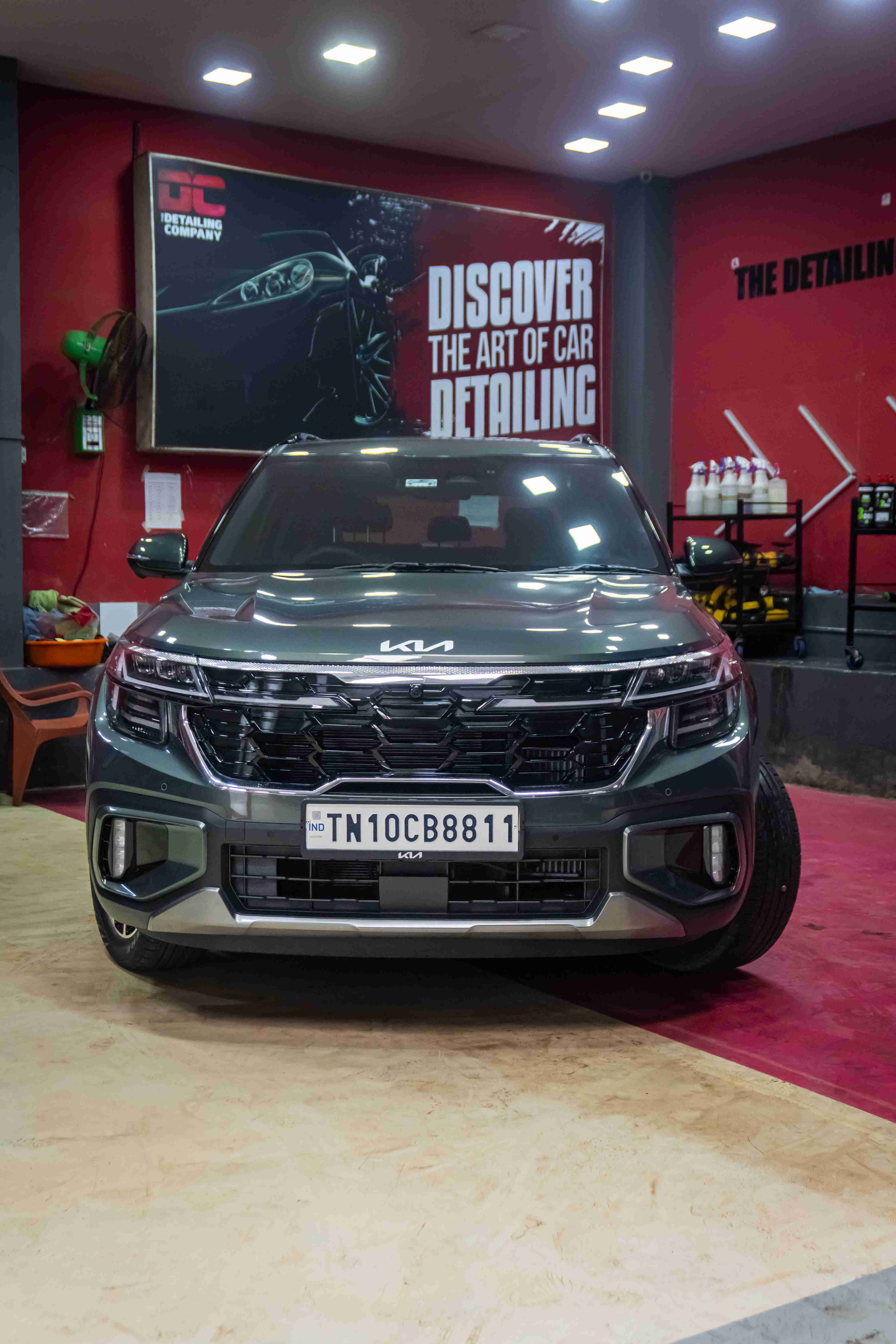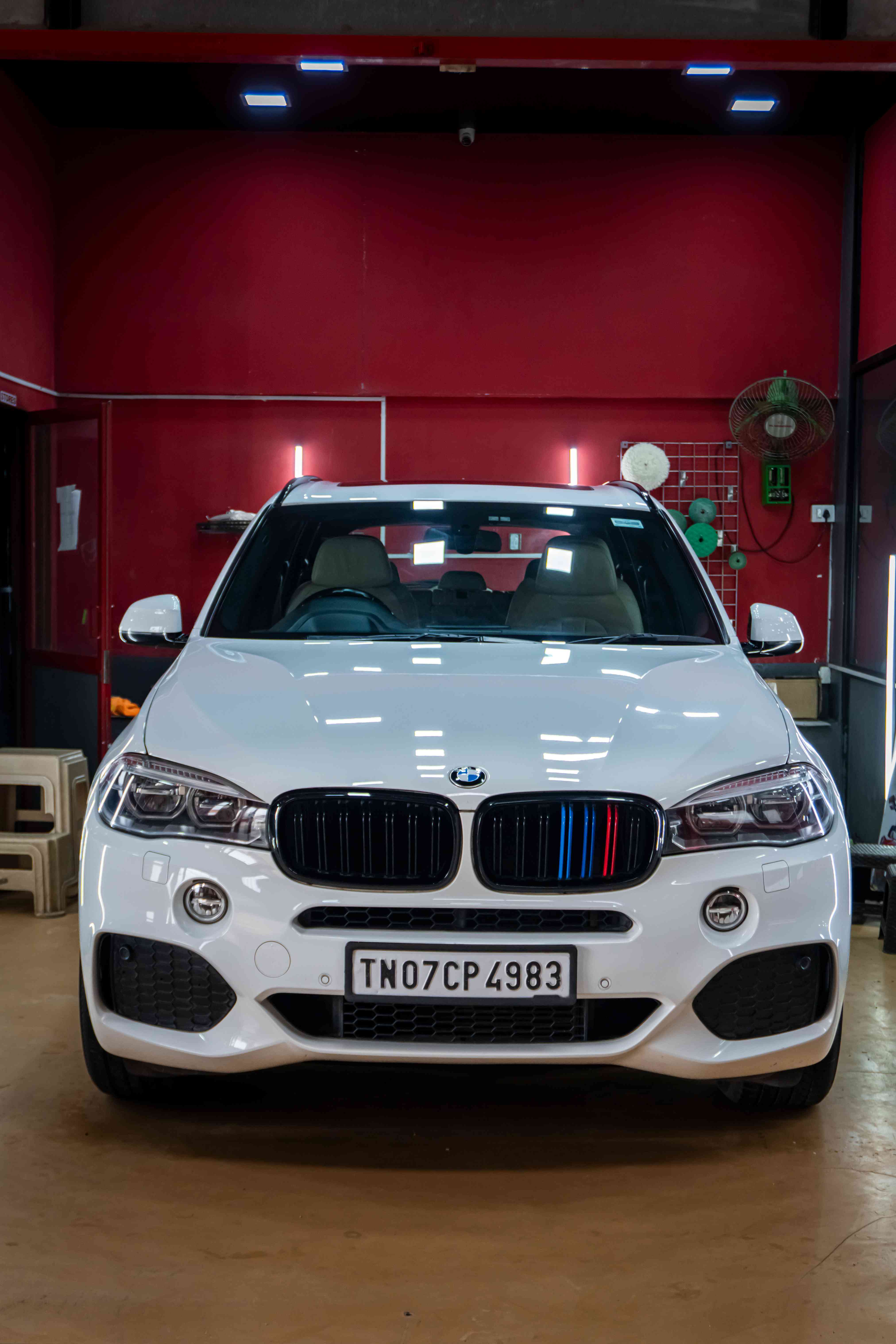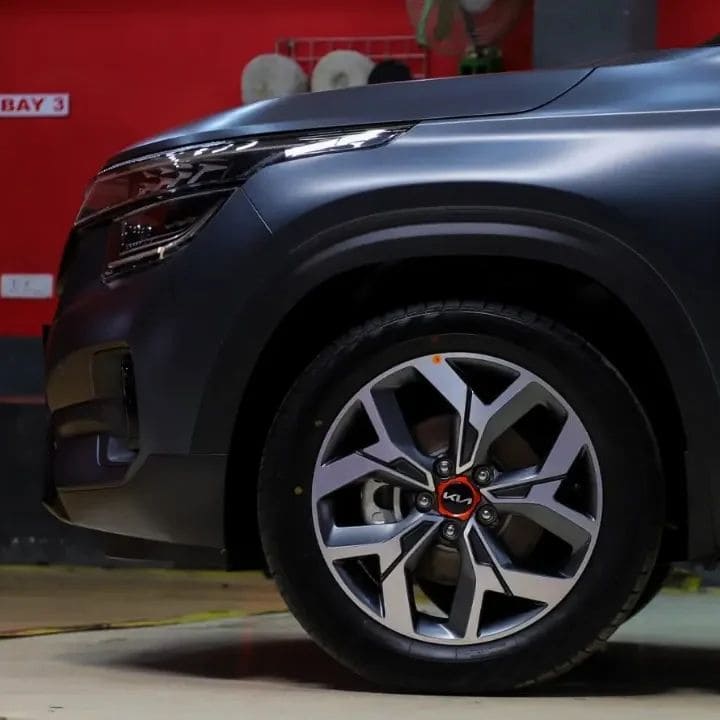
When it comes to protecting your vehicle's paint and surface, both ceramic coating and paint protection film (PPF) have their pros and cons. Ultimately, the choice between the two will depend on your specific needs and preferences.
Ceramic coating is a liquid solution that is applied to the surface of the vehicle and hardens to form a protective layer. Ceramic coatings are designed to provide long-lasting protection against various elements, such as UV rays, dirt, grime, and minor impacts. They can also enhance the appearance of the vehicle by creating a glossy finish and making it easier to clean.
On the other hand, paint protection film (PPF) is a clear, self-healing film that is applied to the surface of the vehicle to protect it from scratches, dings, and other types of damage. PPF is often used in high-impact areas, such as the hood, front bumper, and side mirrors, to provide extra protection. Unlike ceramic coating, PPF is a physical barrier that protects the paint and surface from damage, making it a great option for individuals who want maximum protection.
Both ceramic coating and PPF have their advantages and disadvantages. Ceramic coating is typically more affordable and can be reapplied as needed, while PPF is more durable and provides more protection. However, PPF is more difficult to install and can be more expensive, while ceramic coating may not provide as much protection as PPF.
Ultimately, the choice between ceramic coating and PPF will depend on your specific needs and preferences. If you want a more affordable option with a glossy finish, ceramic coating may be the better choice. However, if you want maximum protection and are willing to spend more, paint protection film may be the better option for you.
It's important to choose a reputable installer and follow the manufacturer's guidelines for maintenance and care to ensure that you get the best possible results from your choice of protective solution.
